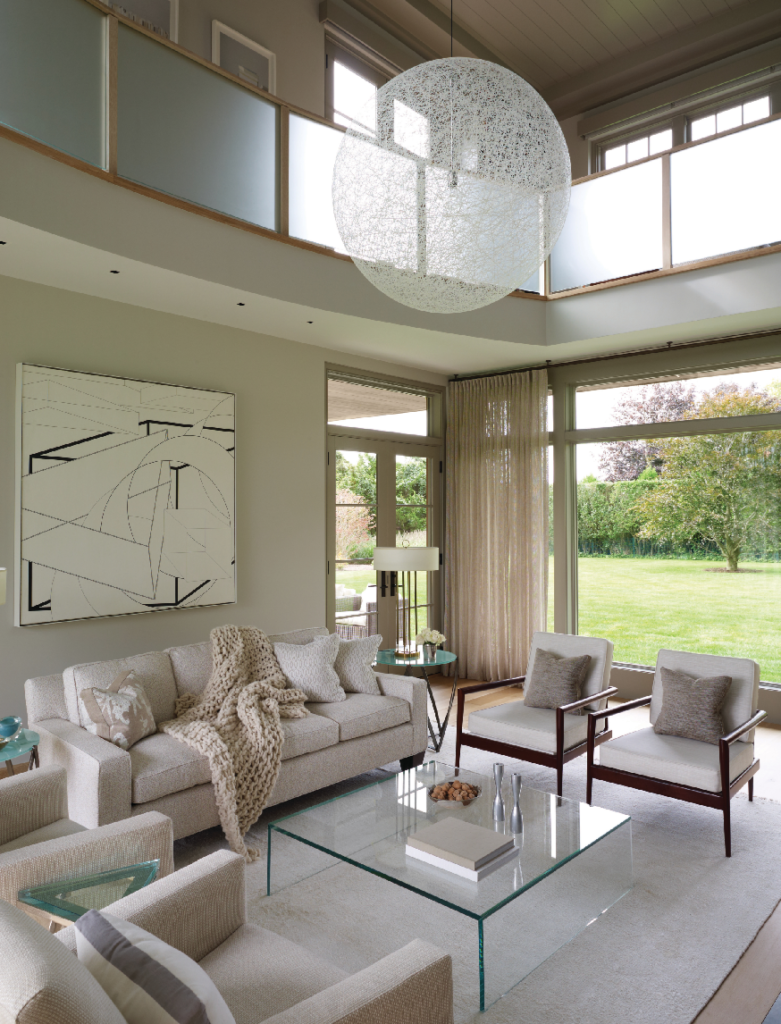
For much of the 20th century, clients seemed to want their architects to tell them not only what their houses should look like, but how they should be lived in as well, right down to the toothbrushes. These architects were the role models for my generation. But today the relationships that they had with their clients can seem to border on the abusive.
Indeed, at the beginning of the 21st century, things are different. Of course, it may be that we are living in an age with no single, ascendant architectural style. But more importantly, clients seem different too, perhaps trained by their parents to seek experience over acquisition—self-actualization over commodification. And so they have a greater desire to participate in the design process. If these clients also intuit that house design is the mother of all self-actualizing experiences, they have discovered our most precious secret.
It may surprise architects to learn that people find their own meaning in our designs, but this is not a new idea. Analysts have long known that the house, for example, is a symbol for the self in our dreams. And as psychologist Mihaly Csikszentmihalyi put it in one of the only studies devoted to our relationship to things: The house “…is a material environment that embodies what we consider significant. In this sense the home becomes the most powerful sign of the self…who dwells within.”
Once, this perspective surprised me. But over the years I have seen how helpful it can be in the design process. When clients find their own meaning in our designs, their homes cease to become mere commodities, and are less likely to be traded or razed over time. And when clients “cathect” with a design—make a mental or emotional investment in it—the house starts to become a valued heirloom. As Csikszentmihalyi notes, people find meaning in the objects that trigger memories, like family photos, and houses can be the ultimate in memory triggers. In fact, nothing shines a mirror on our hopes and dreams quite like the process of designing a new house.
For me, it is telling that so many of the architectural icons of the 20th century are monuments today, valued by tour- ists but otherwise uninhabited. Could this be because those additional meanings were never permitted—the client’s dreams were held at arm’s length? Did their architects in some way subjugate or preclude their clients’ cathection?
Understanding design from the client’s perspective can also help us to understand the success of an architect like Palladio, whose 16th century villas still stand—and are still inhabited today. Clearly, his princely clients saw much of themselves in his designs. And in this way, among others, they provide great models for us today, four centuries hence.



